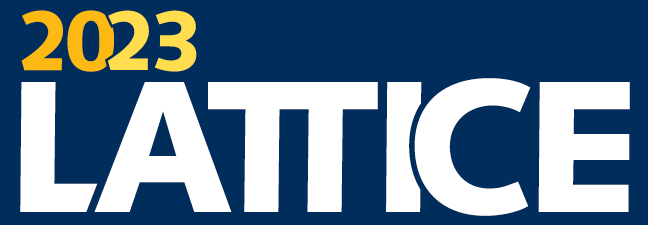Speaker
Description
We present a study of lattice quantum chromodynamics (QCD) calculations in 2+1 flavor full QCD ensembles with the stout smeared clover fermion action and Symanzik gauge action, at three lattice spacings in the range of a ∈ [0.05, 0.11] fm, three volume size and three pion masses down to the physical one. We determine lattice spacings by applying Wilson flow to all 11 ensembles, which is essential for comparing lattice results with experimental data. We conduct a joint fit of pion two-point correlation function, the partially conserved axial current (PCAC) relation, and a ratio of two two-point correlation functions for each valance quark mass in each ensemble, incorporating proper renormalization constants. Pion masses, quark masses, and decay constants are then extracted across ensembles. A global fit of squared pion masses (m2π) and pion decay constants (Fπ) across various quark masses according to next-to-leading order (NLO) partially quenched chiral perturbation theory equations is conducted, yielding the pion decay constant in the chiral limit, the chiral condensate, and a set of low-energy constants. Extrapolating to infinite volume and zero lattice spacing limits, our results show a light quark mass of mud = 3.375(79) MeV, considering the physical pion mass of 134.98 MeV. This result agrees with the FLAG 2019 average value for 2+1 flavor mud = 3.364(41) MeV. This study offers a detailed and precise determination of quark masses and will serve as the foundation of future study of these ensembles, enhancing our understanding of hadronic physics and the Standard Model.
| Topical area | Hadronic and Nuclear Spectrum and Interactions |
|---|
